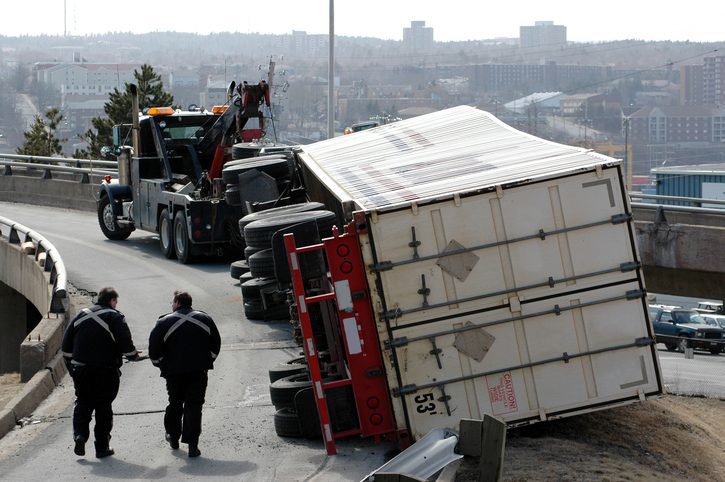
Best Practices for Truck Drivers to Avoid Accidents
Every day, professional drivers head out from their homes, company yards, or any number of truck stops and rest areas across the nation. The average trucker driver puts in around 100,000 miles each year, putting them at a higher risk of vehicular accidents than the general population simply because of the time spent on the road. Good truck drivers know what do to in order to increase their safety and reduce the risk of accidents—and downtime—occurring on the road.
Pre-Trip
The safest trip begins with a pre-trip inspection. While many drivers click through the tick boxes with the same focus as a five-year-old during soccer practice, taking the time needed to ensure your truck and trailer are ready for the road will increase your likelihood of an uneventful run. When a pre-trip inspection is completed properly it allows the driver the opportunity to notice potential concerns long before they pose a risk. Ranging from low fluid levels to tire punctures, and lighting issues to air leaks, your pre-trip inspection is a driver’s first line of defense.
Plan Your Trip
Know your route. As a teenager, I remember learning about when getting my general driver’s license, yet it still applies so many years later behind the wheel of a transport truck. Planning your route will help alleviate higher-risk areas and terrain helping ensure you arrive safely at your destination. Use a trucker GPS, Google Earth, and your own experiences to plan your route.
Slow Down
You are a professional driver. There’s no need to be in a careless rush and take unnecessary risks. Take your time, whether in a yard, a truck stop, or backing into a loading dock. When we rush, we cut corners and take possible risks. It’s not worth it. Take your time, take the right steps, and stay safe.
Keep Your Space
Rolling the miles means seeing…well, far too much. Drivers of passenger vehicles tend to lack an awareness of the risks associated with driving in the immediate vicinity of a transport truck. More tires mean increased chances of road debris flying off the asphalt, in the event of a tire blow-out there will be heavy rubber flying everywhere, and, of course, there is the risk inherent with traveling in a blind spot. Wherever possible, leave a buffer around your truck. It’s easy to creep up on the driver in front of you, especially when many trucks are governed. Keeping space increases safety and reduces the risk of collision. Added space also allows room to maneuver should you need to react quickly.
GOAL
It’s easy to get complacent. We know our trucks, we know our trailers, and we become familiar with certain yards. The truth remains, however, that we need to GOAL – Get Out And Look. Whether navigating new yards, squeezing between tightly parked trailers, or late-night rest area parking, truck drivers can benefit from getting out of their trucks to assess their surroundings. More than once I wish I had heeded this advice, so I share it with you as a reminder that we are never too experienced to GOAL. You will be more likely to keep yourself, and those around you, safe.
Get Your Sleep
Finally, this can’t be stressed enough. Being well rested will help you throughout the rest of your day. Being mentally alert without the assistance of substances greatly increases your safety on the roads. Take the needed time to prepare your bunk for a peaceful and restful sleep so you can wake up refreshed and ready to take on a new day.





